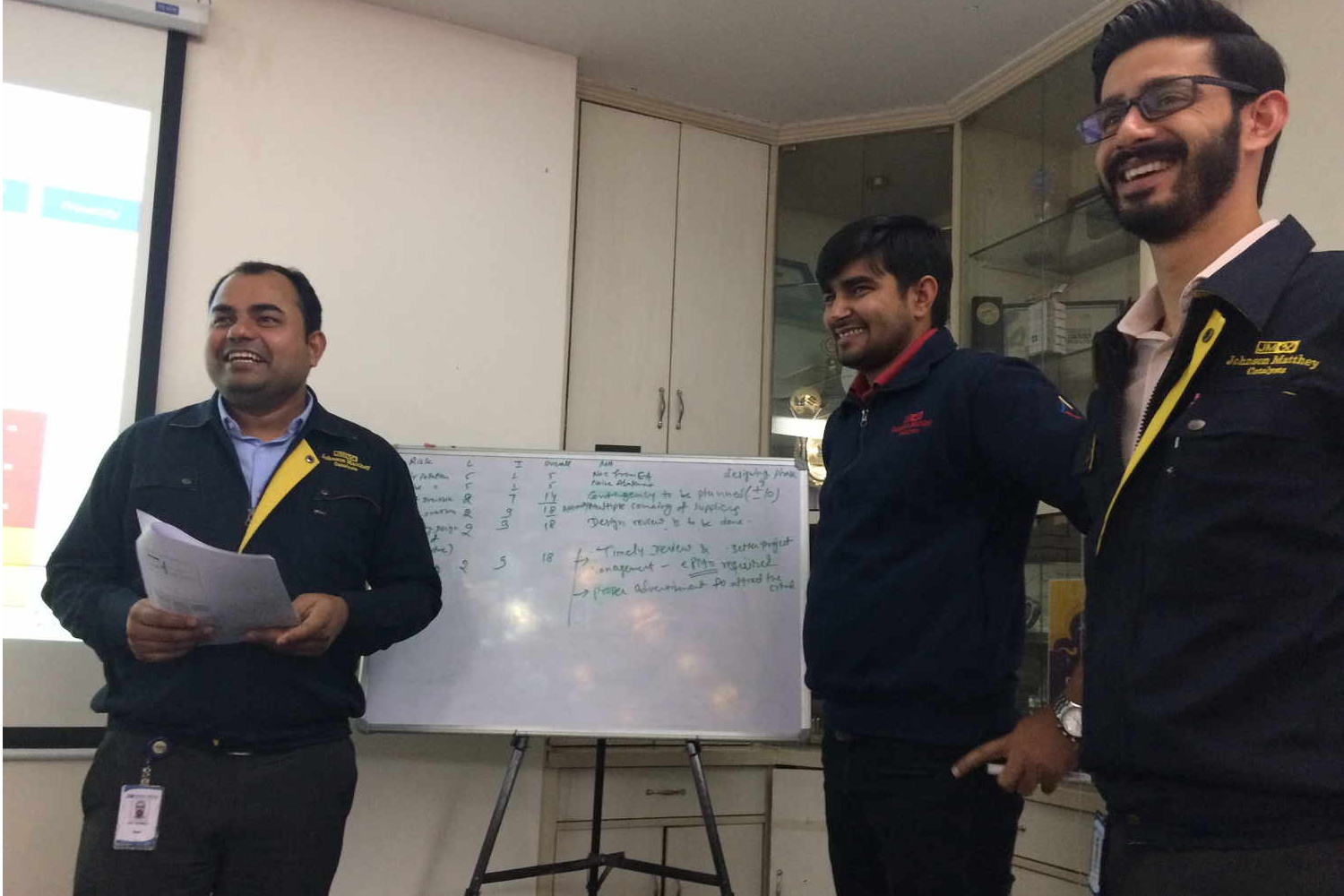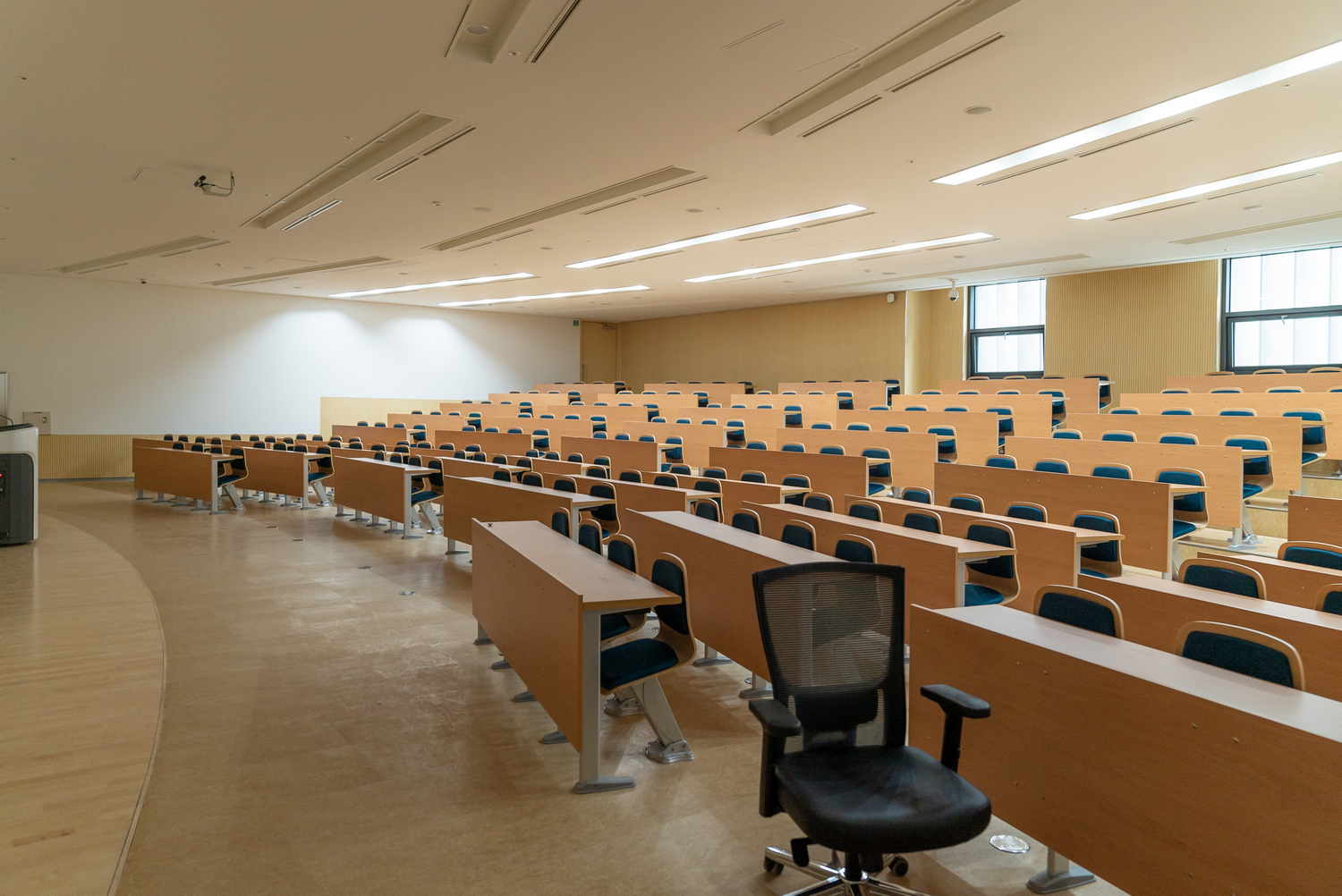Waste Management Improvement at UK’s National Metrology Institute
Significant savings in subcontractor costs as well as a positive impact on the environment.
How we helped...
Continuous Improvement Projects Ltd were commissioned by the UK’s National Metrology Institute to help them improve their waste management practices.
Their general and recyclable waste was not segregated or managed effectively across their estate; despite their strong commitment to minimising their impact on the environment and the climate. We were asked to review the current state practices and identify the root causes for why waste management was not being effectively managed so that an optimum solution for waste management could be deployed that positively supported the scientists on site and the environment.
We initially undertook a scoping exercise to understand all the inputs and outputs, the high level process and key stakeholders involved in waste management.
We also reviewed service provider Contracts to understand the scope of services they are committed to provide and their obligations. This provided a standard that we could use to evaluate performance.
It was important for us to establish a baseline position by ascertaining the existing rate of recycling so that we could effectively measure and monitor improvements, therefore we analysed data establish this. We found that only 11% of waste was being placed in recycling bins, with 89% being classified as general waste. All of the waste was then sent to a waste plant and energy was recovered from the waste. We also identified that there was no segregation of waste and no system implemented at source or monitored at collection prior to contractor collection, except for Cardboard, Hazardous and WEEE waste.
Waste-to-energy recovery was not a favoured option. The incomplete combustion of certain materials results in the creation of potent greenhouse gases, particulate matter emissions and gases that affect local air quality. In addition to this, the by-products from the incineration of materials contained heavy metals and other harmful substances. Whilst incineration greatly reduces the volume of landfill waste (by approximately 95%), the ash that remains can be toxic and require special disposal facilities.
We undertook a Value Stream Mapping exercise to show where there were weaknesses in the process and also conducted a Voice of the Customer initiative consisting of a series of 1:1 interviews and surveys to capture the views of those generating the waste at source. A total of 20 people from varying departments were surveyed.
With all the findings gathered, we were able to develop some impactful solutions which included training and education of staff, streamlining the process to make it easier and simpler, improve data quality and reporting, introducing visual management on the bins to make recycling more intuitive and changing the frequency of supplier collections and the volume and locations of bins on site.
These changes led to significant savings in subcontractor costs as well as a positive impact on the environment. By the end of the project, waste was no longer sent to landfill and instead was being recycled or reused.
To find our more about our commitment to driving sustainability and our campaign designed to help organisations, click here.
Read more Case Studies here…
Lean Six Sigma Training at Bouygues Energies & Services
Delivered Lean Six Sigma training across several operating units, covering all levels from graduates to senior leadership, equipping their staff with the tools, principles and methods to drive continuous improvement in-house. Read More..
Portfolio Management Tool Implementation at Johnson Matthey
Led the global implementation of a Project and Portfolio Management tool across a £1m+ Capital Projects Portfolio, allowing for precision measurement and continued growth. Read More..
Service Relocation & Improvement at London School of Economics
Relocated core operational activities from New York to London and repackaged the portfolio of services, improving the process cycle time by 20% and the overall customer experience. Read More..



